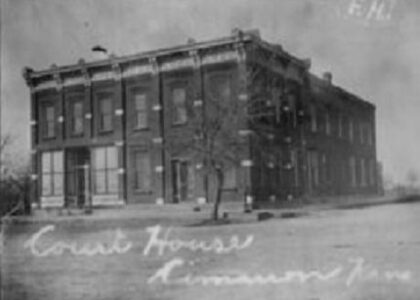Imagine traveling back to the American Civil War, a time when the United States was torn apart by conflict and division. In the midst of this strife, a unique and destructive tactic emerged, famously known as Sherman’s Neckties. This method was pioneered by Major General William Tecumseh Sherman of the Union Army during his infamous campaigns in Georgia.
Sherman’s Neckties were a form of railway sabotage that involved heating railroad tracks until they were malleable and twisting them into loops resembling neckties, often wrapping them around trees. This was no trivial task — the intense heat required meant that the rails were rendered useless, a critical blow to the Confederacy, which was already suffering from a lack of iron resources and manufacturing capabilities.
The tactic was first employed during Sherman’s Atlanta Campaign in the summer of 1864. As Sherman’s forces advanced through Georgia, they targeted the railroads, the lifelines of the Confederate supply chain. By the end of this campaign, only one major Confederate railway line leading into Atlanta remained intact, showcasing the effectiveness of Sherman’s strategy.
Sherman’s Neckties became a signature of the broader campaign known as Sherman’s March to the Sea, a scorched-earth military strategy that aimed to cripple the Confederate war effort by destroying not just their military infrastructure but also their economic and civilian resources. As Sherman’s troops marched from Atlanta to Savannah, they left behind a trail of twisted rails and charred remnants of what once were thriving towns and plantations.
While the physical destruction was immense, the psychological impact was equally devastating. Sherman’s tactics were designed to break the spirit and resolve of the Southern states, and by all accounts, they were successful. The March to the Sea is often cited as a turning point in the Civil War, marking the beginning of the end for the Confederacy.
Notable figures like William Tecumseh Sherman played a crucial role in these events. Sherman’s strategic decisions and leadership were instrumental in the Union’s success, despite the controversy and criticism surrounding his harsh tactics. His actions during this time have left a lasting legacy, both in military history and in the collective memory of the Civil War.
Today, Sherman’s Neckties stand as a stark reminder of the lengths to which the Union went to preserve the nation. They symbolize the harsh realities of war and the relentless drive to achieve victory, no matter the cost.





